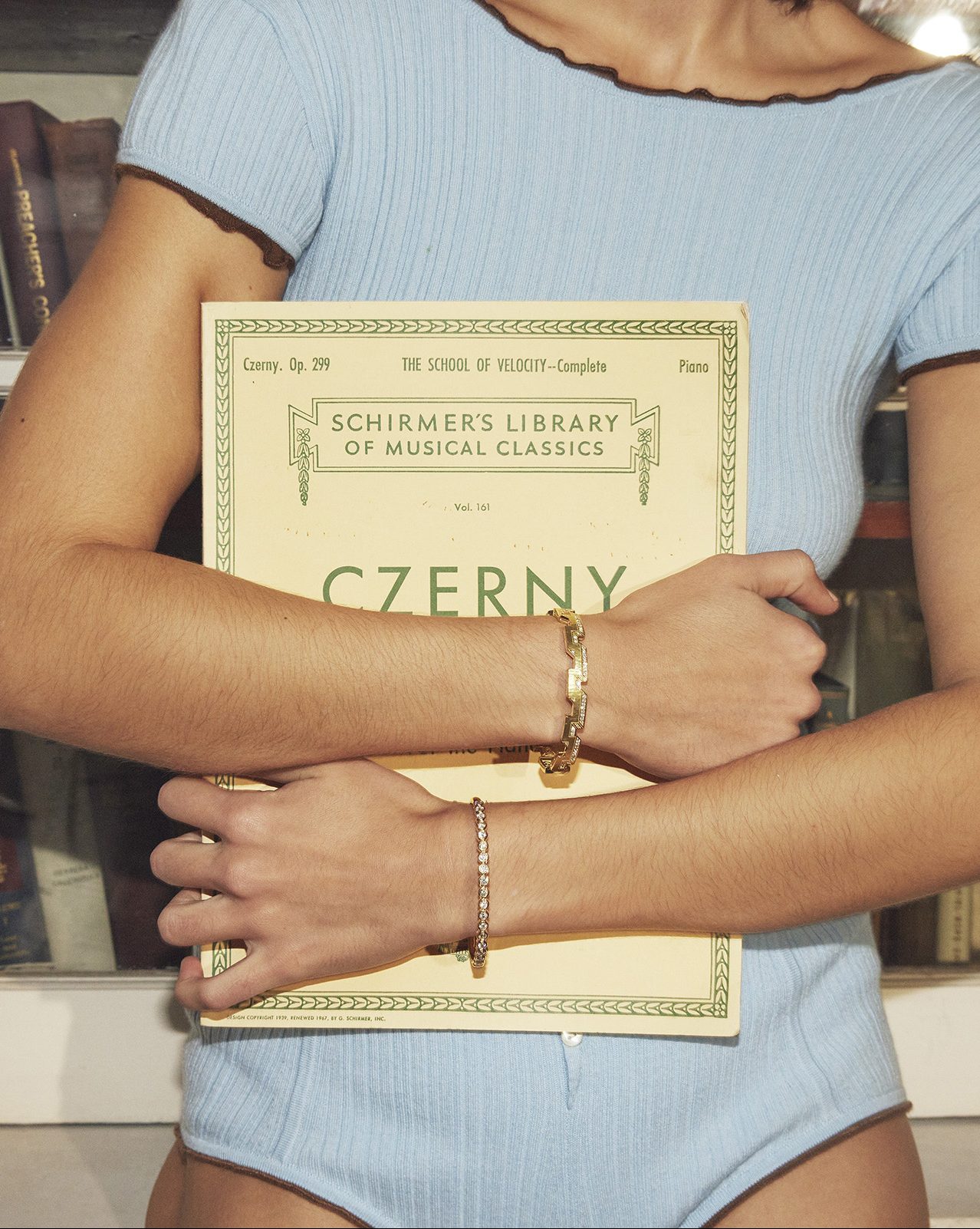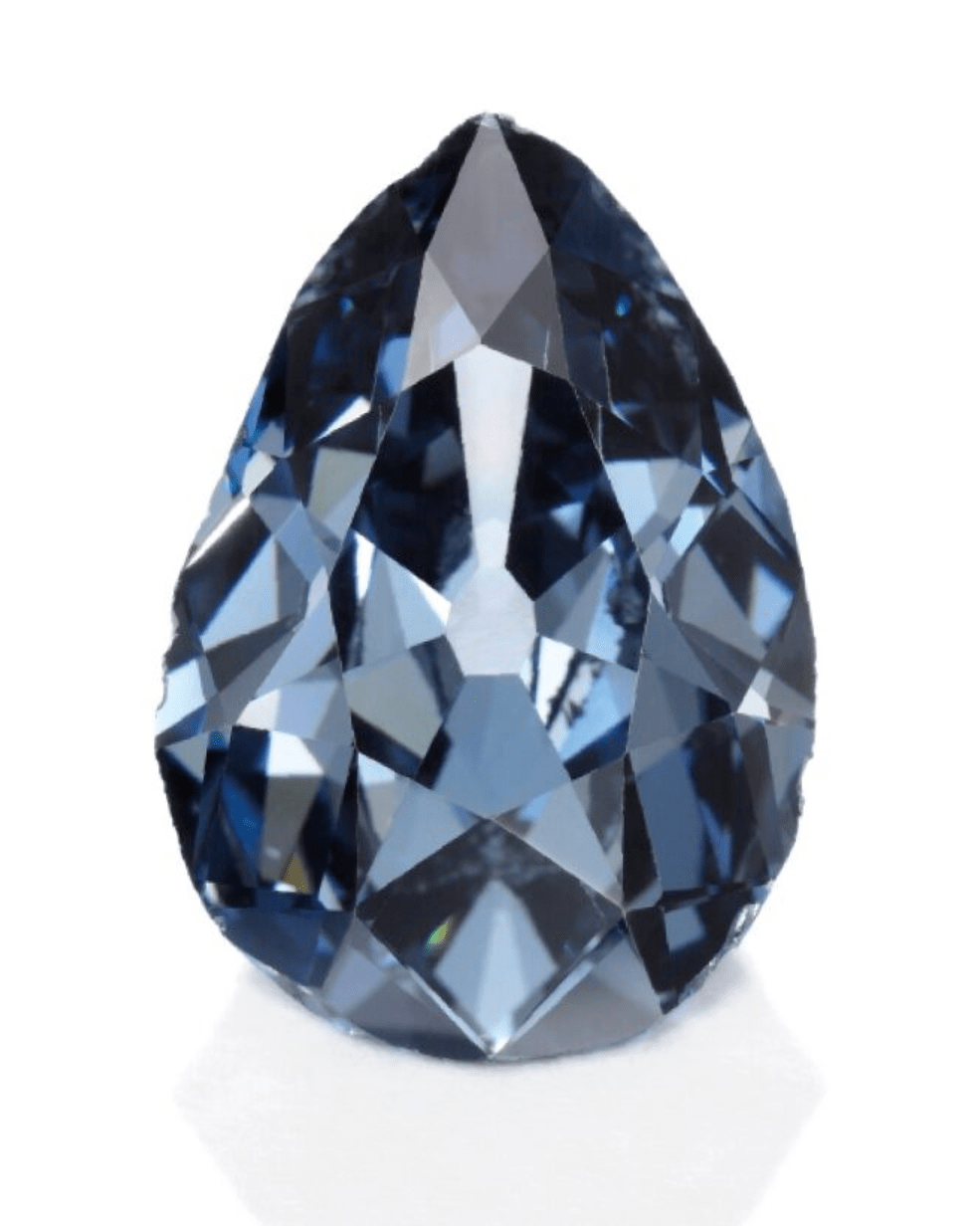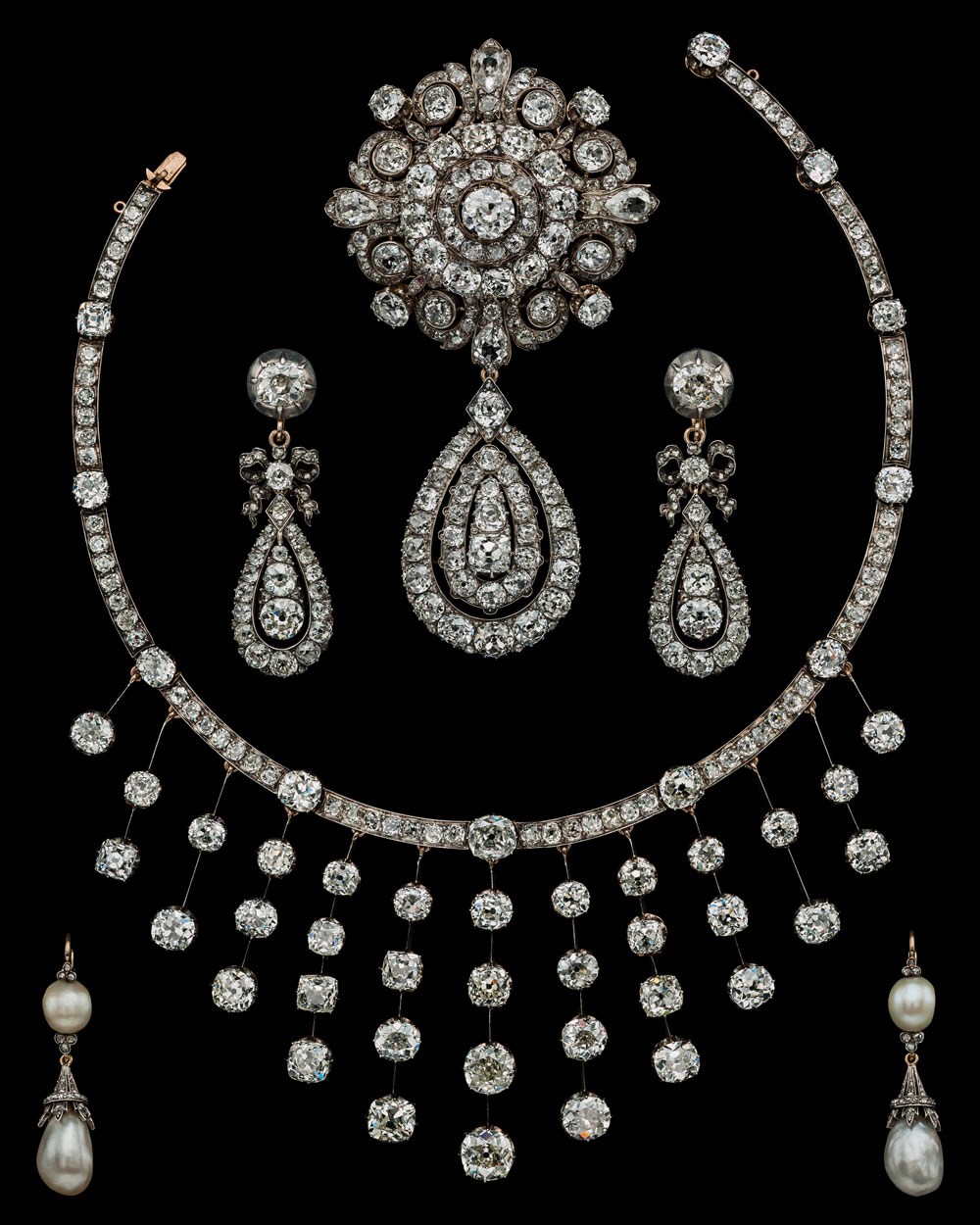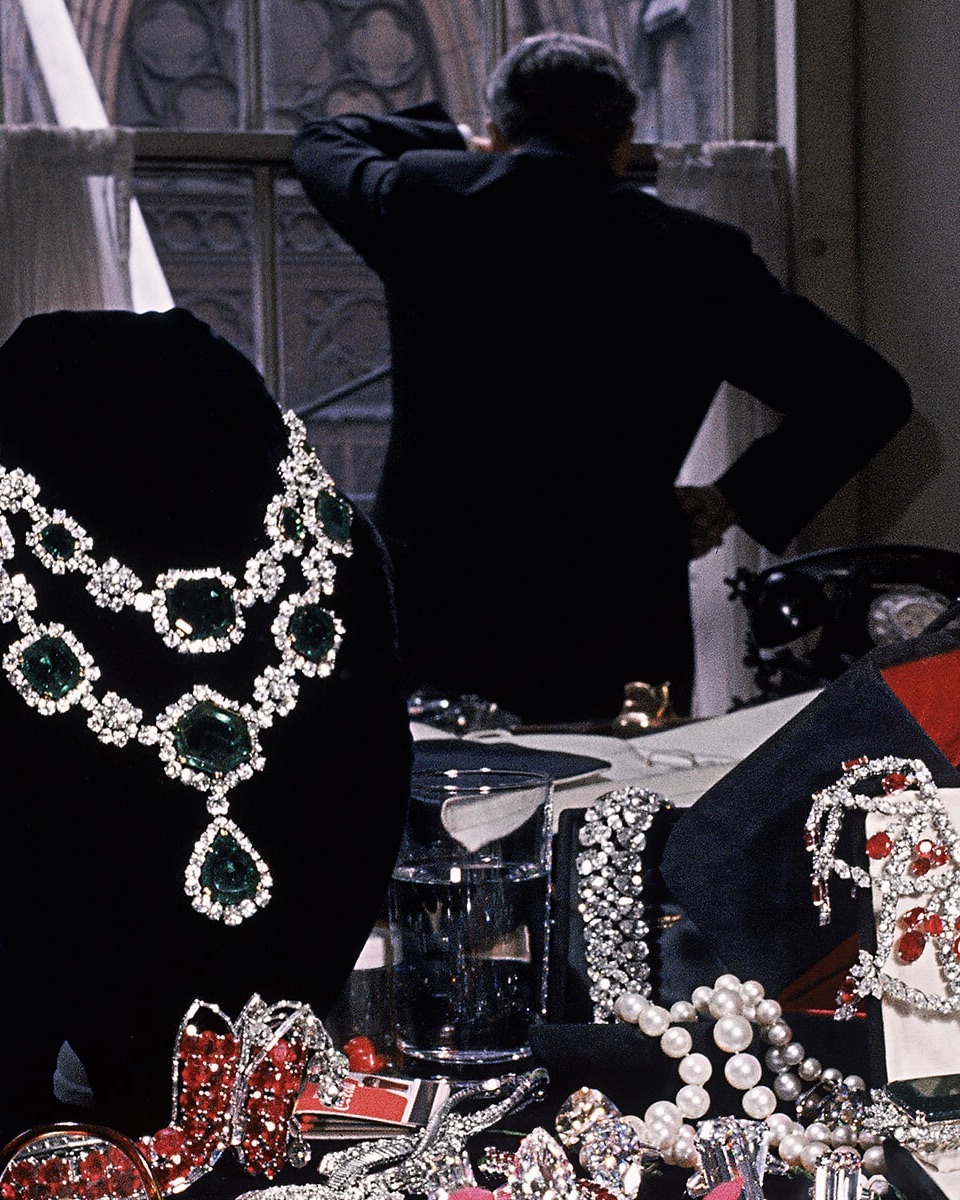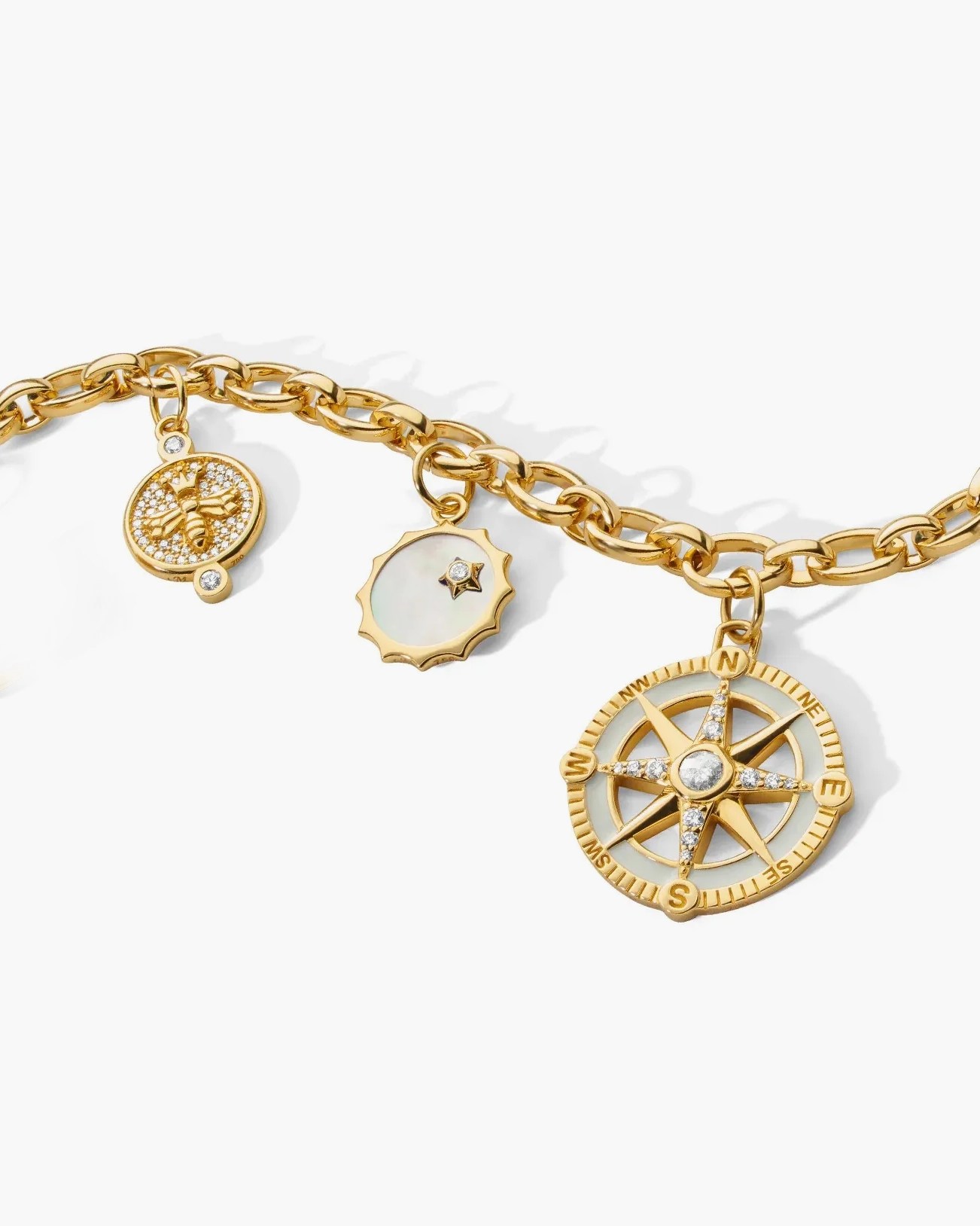A Guide to Diamond Fluorescence: A Hidden Advantage
A misunderstood natural phenomenon, diamond fluorescence can
enhance beauty, indicate authenticity, and offer hidden value.

When the term “fluorescence” appears in diamond grading reports, online, or in discussions with your jeweler, it typically leaves most shoppers confused. What exactly is fluorescence, and should it affect your choice when purchasing a diamond? The truth is that most people misunderstand fluorescence, which stands as one of the natural diamond’s most complex and mesmerizing characteristics. The knowledgeable buyer can leverage fluorescence to gain beauty, rarity, and even price benefits.
Let’s break it down.
Meet the Expert

- Grant Mobley is the Jewelry & Watch Editor of Only Natural Diamonds.
- He is a GIA Diamonds Graduate.
- He has over 17 years of jewelry industry experience, starting with growing up in his family’s retail jewelry stores.
What Is Diamond Fluorescence?
Diamond fluorescence refers to the visible light emission from a diamond when it is exposed to ultraviolet (UV) light sources, such as blacklights. The typical fluorescence color of diamonds is blue, yet they can occasionally appear in yellow, green, orange, or red hues. Once the ultraviolet light source is switched off, the diamond’s glow vanishes. Fun fact: The most famous diamond in the world, the Hope Diamond, exhibits an extremely rare red phosphorescence.
Fluorescence does not belong to one of the 4Cs on a diamond grading report, but it is still noted as a key characteristic of the diamond. The grading report lists both the fluorescence intensity level—none, faint, medium, strong or very strong—and its distinctive color, which is almost always blue.
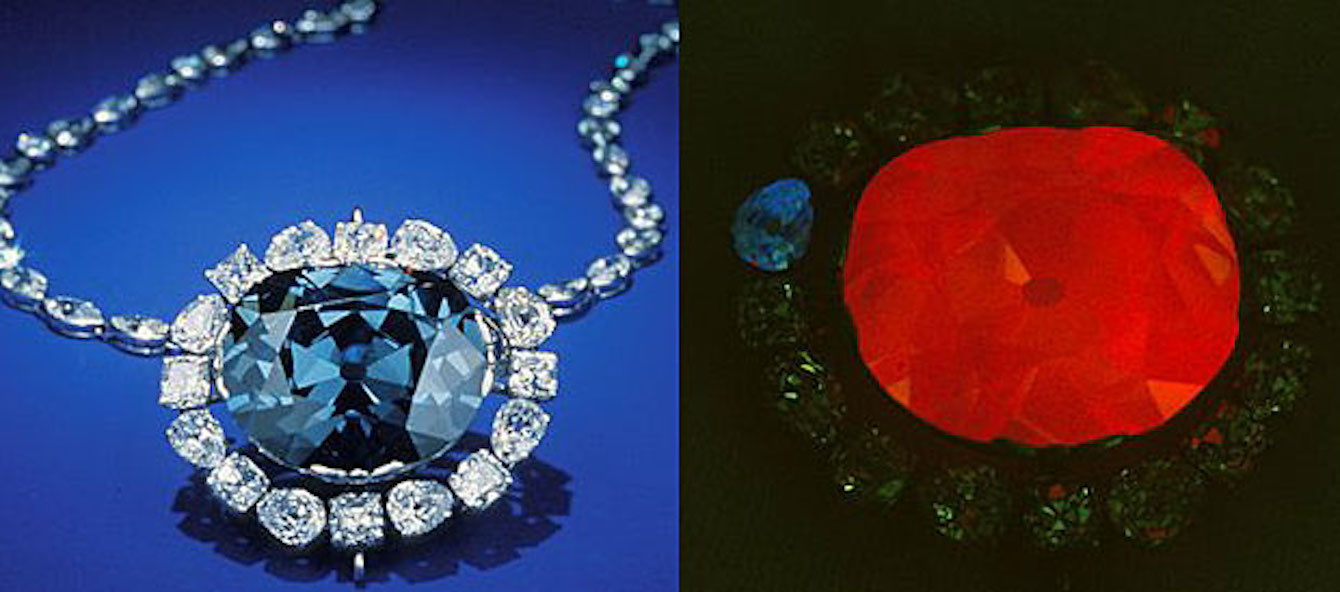
A Natural Phenomenon in Natural Diamonds
A key point that most consumers don’t realize is that fluorescence almost exclusively occurs in natural diamonds. It is not usually found in lab-grown diamonds. The presence of fluorescence reveals that a diamond is likely naturally formed and serves as another indicator of authenticity.
Diamonds acquire this natural trait from minute structural variations in their crystal lattices during formation, billions of years ago, beneath the Earth’s surface.
How Common Is Diamond Fluorescence?
GIA research indicates that between 25% and 35% of all graded diamonds show varying fluorescence levels. Among diamonds that display fluorescence, 95% exhibit a blue glow, while only around 10% demonstrate medium to very strong fluorescence. This means fluorescent diamonds are, in fact, rarer than diamonds without fluorescence. Research also indicates that although diamonds with strong fluorescence exist, they seldom negatively affect their beauty.
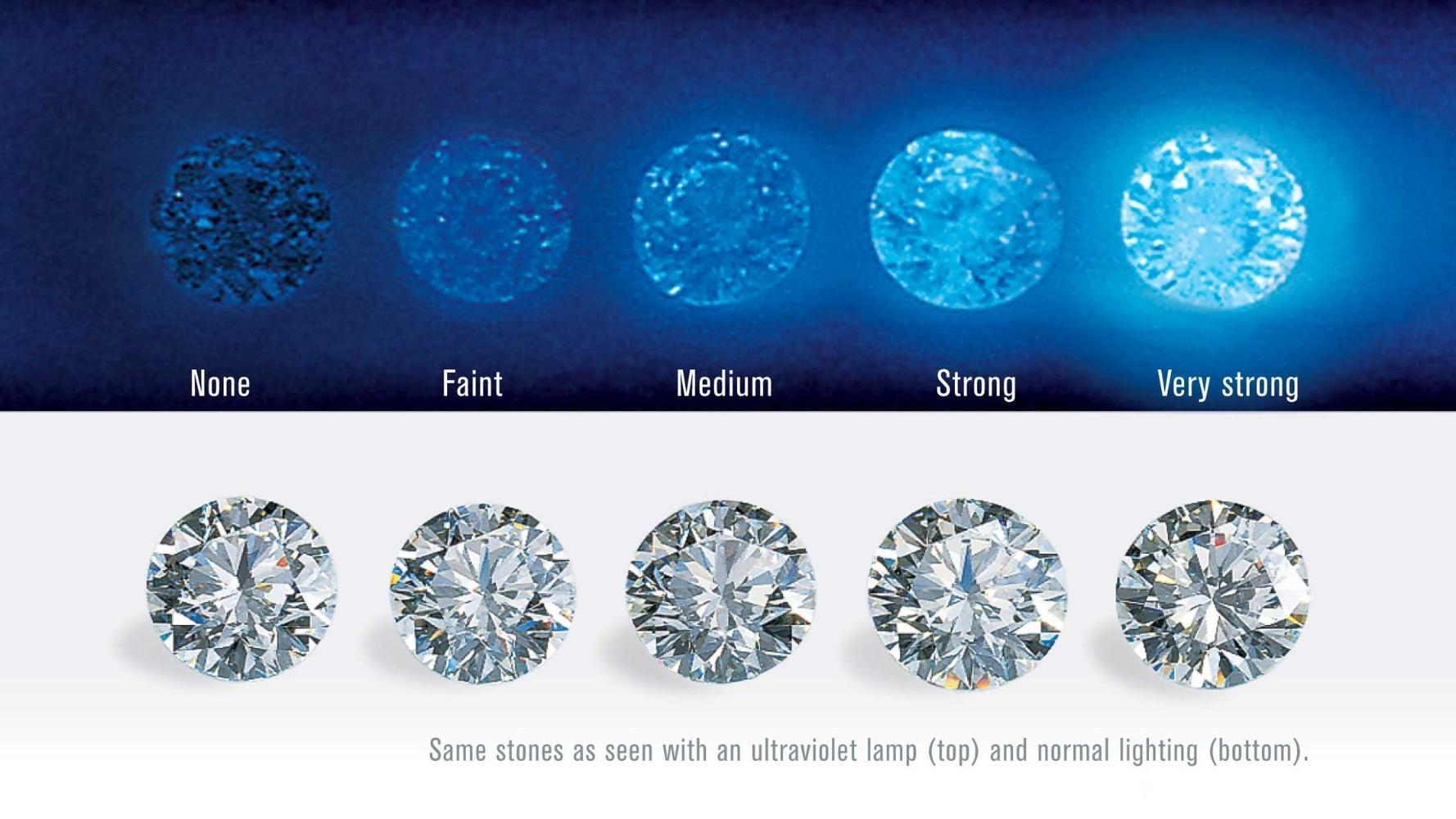
What Does Diamond Fluorescence Look Like?
In normal lighting conditions, fluorescence is invisible to observers, including professional gemologists. A gentle yet sometimes dramatic luminescence becomes visible only under UV light, like a black light.
Blue diamond fluorescence can actually have a positive visual effect in regular lighting conditions, and this positive effect is even more noticeable in diamonds that have lower color grades ranging from I to M. Since blue is the complementary color to yellow, a diamond with a faint yellow tint may appear whiter or more colorless when viewed from above.
Because of this, medium to strong fluorescent diamonds can appear more attractive than non-fluorescent diamonds that share the same color grade.
Does Diamond Fluorescence Cause Haziness?
You may have heard that fluorescence can cause a diamond to look “milky” or “oily.” However, even though some in the trade share this concern, the GIA Fluorescence Study reveals that less than 0.2% of fluorescent diamonds exhibit this haziness, and even then, it is often due to unrelated internal features, rather than fluorescence itself.
While seeing a diamond in person under different lighting conditions is essential, a noticeable haziness due to fluorescence remains an extremely rare occurrence.
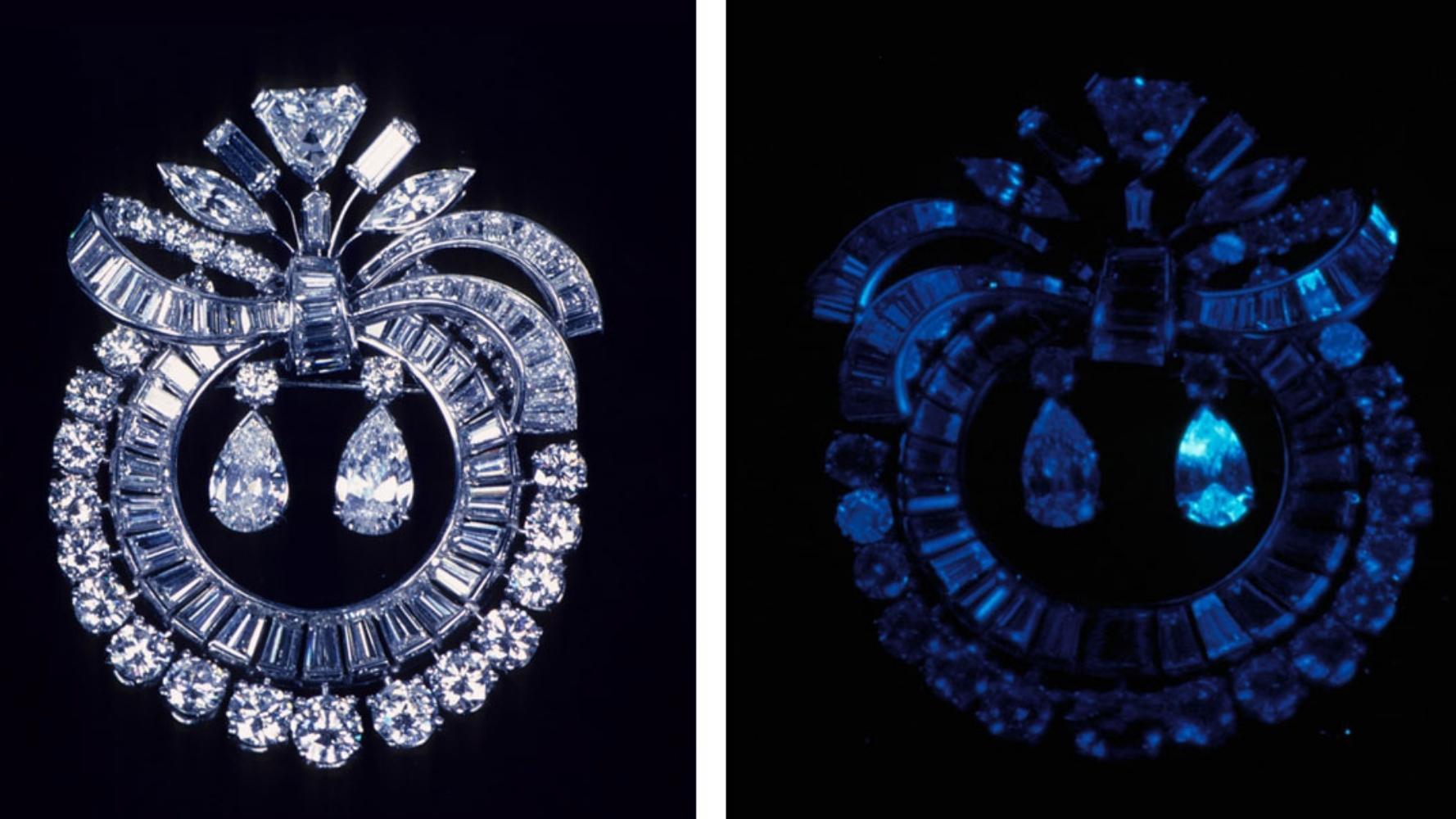
Does Diamond Fluorescence Affect Price?
Here’s where it gets interesting. Diamonds that display medium to strong fluorescence typically are priced lower than non-fluorescent diamonds, particularly in higher color grades (D–H), despite their minimal visual impact and occasional positive effects.
Why? Both perception and established market bias contribute to this pricing phenomenon. Knowledgeable purchasers can capitalize on this market characteristic. Fluorescence can enhance the appearance of a diamond while costing less, as it does not compromise quality or brilliance.
Interestingly, in diamonds with color grades I–M, the benefit from a blue glow, which makes them look whiter, may actually increase their value.
Is Diamond Fluorescence Bad?
Let’s be clear: fluorescence is not a flaw. A diamond’s structural integrity and technical value remain unaffected by fluorescence. Fluorescence emerges naturally from your diamond, representing the intricate and captivating process of its formation.
Some collectors and connoisseurs even seek it out for its rarity and visual charm, especially when it glows brightly under UV lighting, making the diamond feel almost alive.

Tips for Buying a Fluorescent Diamond
Look at it in person: To ensure a medium- to strong-fluorescent diamond appears clean and bright, examine it under both natural daylight and artificial lighting. Be sure to also view the diamond under a blacklight to catch a glimpse of its mesmerizing glow.
Compare side by side: You can look for differences between a fluorescent diamond and a non-fluorescent diamond of the same color grade by comparing them side by side. You may be surprised to find that you prefer the less expensive fluorescent diamond.
Take advantage of the value: Fluorescent diamonds deliver exceptional savings without affecting their visual appeal.
The Bottom Line
Diamond fluorescence is a distinctive natural feature that reveals an additional story about the gem and its natural formation. Fluorescence is a natural origin marker that can enhance visual appeal and provide a unique chance to increase value within the current diamond market.
The presence of fluorescence in diamonds generally shouldn’t stop you from purchasing them, but it can actually persuade you to buy one.
So the next time you’re shopping for that perfect diamond and see “Fluorescence: Medium Blue” on your diamond grading report, do not hesitate. This diamond may represent an excellent choice for this very reason.


